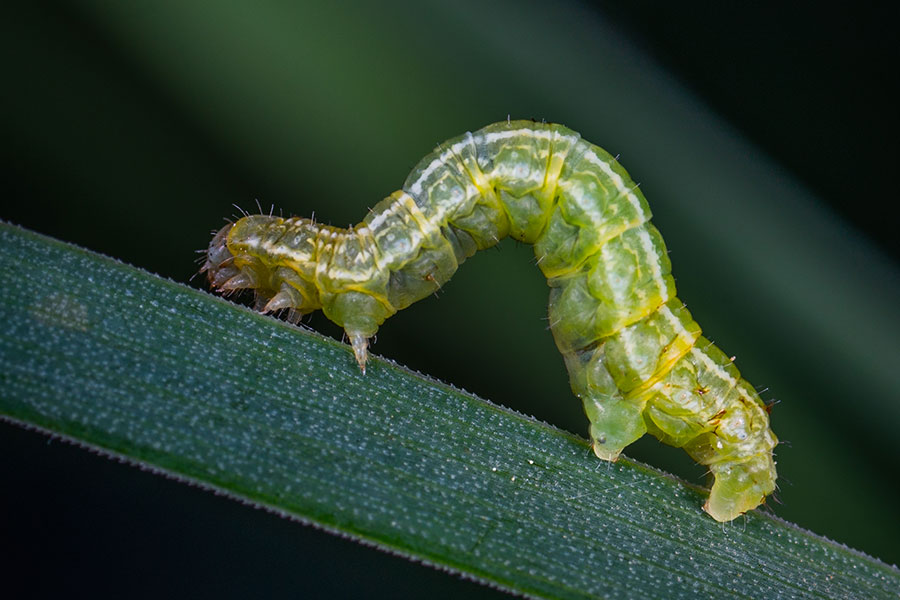This topic takes on average 45 minutes to read.
There are a number of interactive features in this resource:
 Biology
Biology
 Science
Science
However, with climate change, selection pressures are too drastic for evolution.
This causes species to become extinct.
Polar bears are a good example. They have lots of layers of fur and fat to keep warm in the cold climate, and can swim to find food but usually like living on ice.
Climate change is making their habitats hotter, which means that their fur and fat now make them too hot. The rising temperature is also melting the ice that they live on, and so they need to swim more often.
This is because solids turn into liquids when the temperatures rises, and the other way around - if the temperature gets colder again, ice will be reformed. Freezing happens below 0°C and melting happens at 0°C and above.
Even though some individuals will be better swimmers than others, swimming all the time is too drastic of a change.
Eventually, the polar bears will become extinct. They are currently endangered.


The International Union for the Conservation of Nature (IUCN) have a set of criteria which they use to classify a species as endangered. For example, there should be ‘an observed, estimated, inferred or suspected population size reduction of ≥70% over the last 10 years or three generations, whichever is the longer.’ Further information on these criteria can be found on the IUCN website (IUCN, 2012).
Climate change can also cause the seasons to be out of sync which can affect the food chain. Spring is the season that birds usually have baby chicks, and these chicks eat caterpillars. However, spring getting earlier means that the caterpillars are around earlier than when the chicks are born. The caterpillars have adapted to the earlier spring but the birds haven’t. Here, the earlier spring is the selection pressure. This can put the chicks in danger as they don’t have any food to eat.
References:
IUCN (2012). IUCN Red List categories and criteria, version 3.1, second edition. Available at: https://portals.iucn.org/library/node/10315 (Accessed: 11th October 2023).